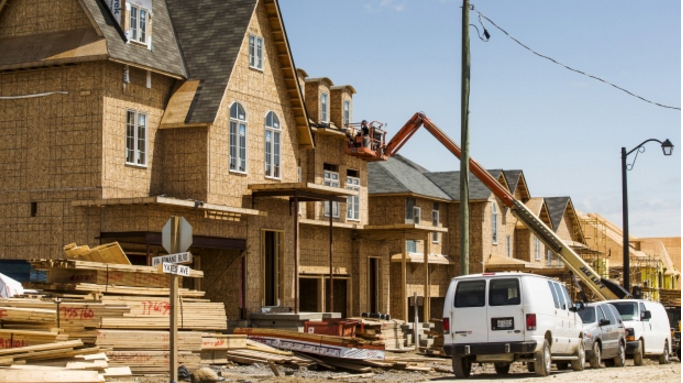In Toronto and Vancouver, home prices are soaring and continuing to raise the bar on home ownership, says the latest Housing Trends and Affordability Report issued by RBC Economics Research.
“There are few signs that housing affordability is problematic elsewhere in Canada,” says Craig Wright, RBC chief economist. “Homes in other markets remain affordable, with the situation either improving or remaining fairly stable, while prices continue to escalate in Vancouver and Toronto markets.”
Within Toronto and Vancouver markets, one of the main problems is there’s a clear divergence in affordability conditions between single-detached homes and condo apartments, with most of the affordability-related stress concentrated in the single-detached segment.
And, “Current market conditions suggest [these markets] will stay on a deteriorating path in the near term. Sellers are very much in control of both Toronto and Vancouver markets, and prices are likely to continue to rise rapidly in the coming months,” says Wright. “Recent changes to mortgage insurance rules aimed at cooling high-priced markets may slow down price increases at the margin, but we do not believe they will materially reverse current momentum.”
Conditions in Vancouver, in particular, show increasing signs of over-heating in single-detached segments, where home prices have skyrocketed in the past year. With an average price exceeding $1.2 million, single-detached homes have long slipped out of reach for the average local homebuyer. As a result, purchasing a condo apartment is the only realistic option for most first-time buyers—although this too has become slightly less affordable in the last two quarters.
Meanwhile, single-detached home affordability in Toronto continues to slip deeper into stressful territory for homebuyers.
WHAT ABOUT THE REST OF CANADA?
Outside of Vancouver and Toronto, housing affordability remained stable across Canada in the fourth quarter of 2015, says the report.
The RBC Housing Affordability measure captures the proportion of pre-tax household income required to service the cost of owning a specific category of home at current market value (an increase in the measure represents a deterioration in affordability). An affordability reading of 50% means that home ownership costs, including mortgage payments, utilities and property taxes, would take up 50% of a typical household’s monthly pre-tax income.
Overall, RBC’s housing affordability measure for the aggregate of all housing types in Canada rose by 0.6 percentage points to 46.7% in the fourth quarter of 2015, the highest level in more than five years. The slight increase was broadly based across housing categories with the measure for single-detached homes climbing 0.6 percentage points to 51.3%, and condo apartments moving up by 0.3 percentage points to 35.2%.
Most of the markets seeing steady improvement in affordability were in the Atlantic region, where demand-supply conditions have been soft for some time amid economic and demographic challenges. In Alberta, flat affordability trends masked weakness in home prices and household income resulting from the energy bust and provincial recession. Price declines in markets such as Calgary will likely lead to improved affordability.
Read the full post in Advisor.Ca


Leave a Reply